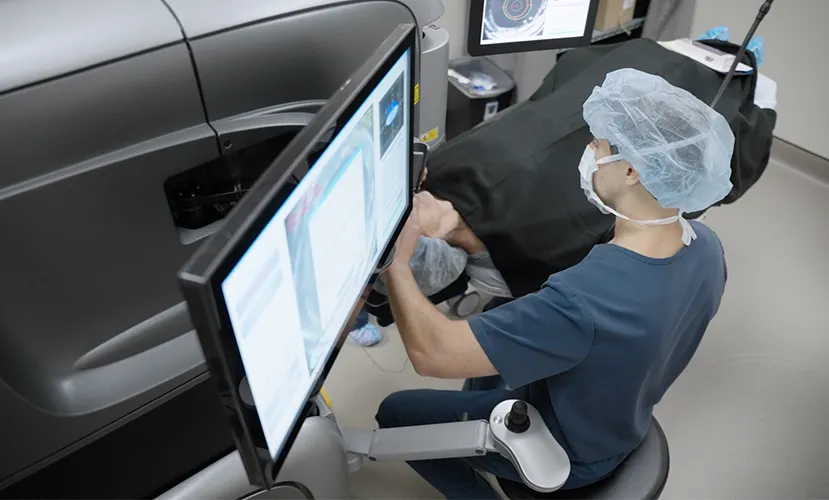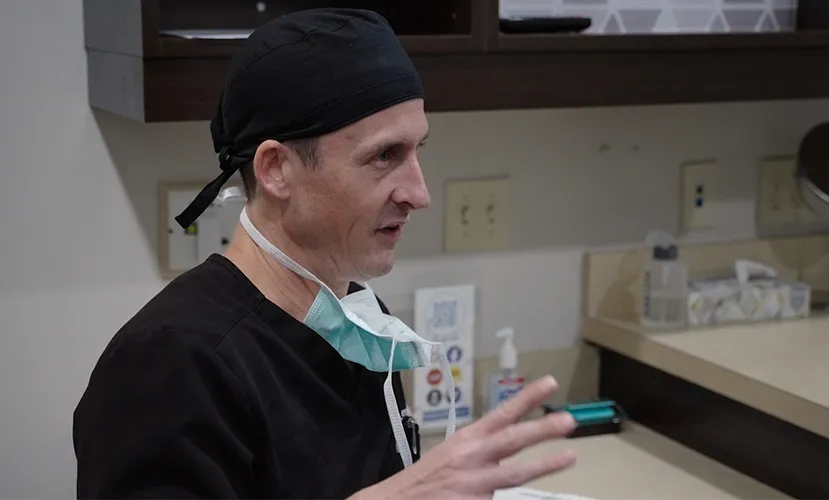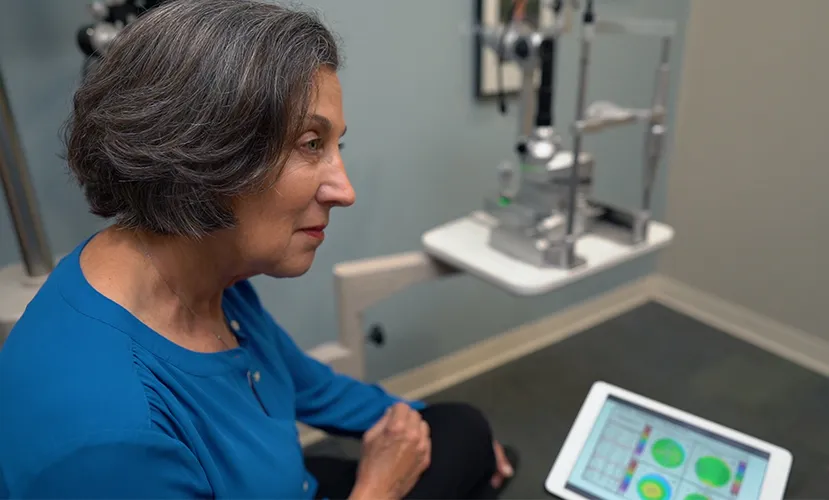
What is Cataract Surgery?
Cataract surgery is a common procedure designed to remove the cloudy lens from your eye and replace it with a clear artificial lens. This surgery can significantly improve your vision and quality of life. Our doctors utilize state-of-the-art techniques to ensure a safe and effective procedure tailored to your unique needs.

Laser Cataract Surgery
Laser cataract surgery offers a precision approach to removing cataracts. Computer-guided laser cataract systems make modern cataract surgery more precise and consistent than the human hand can ever be for the delicate steps of this vision correction procedure. This method often results in faster recovery times and better visual outcomes.
Schedule An Evaluation
At Magruder Laser Vision, you’ll have a dedicated team from start to finish that is focused on you & helping you enjoy a state-of-the-art experience when it’s time for cataract surgery.


